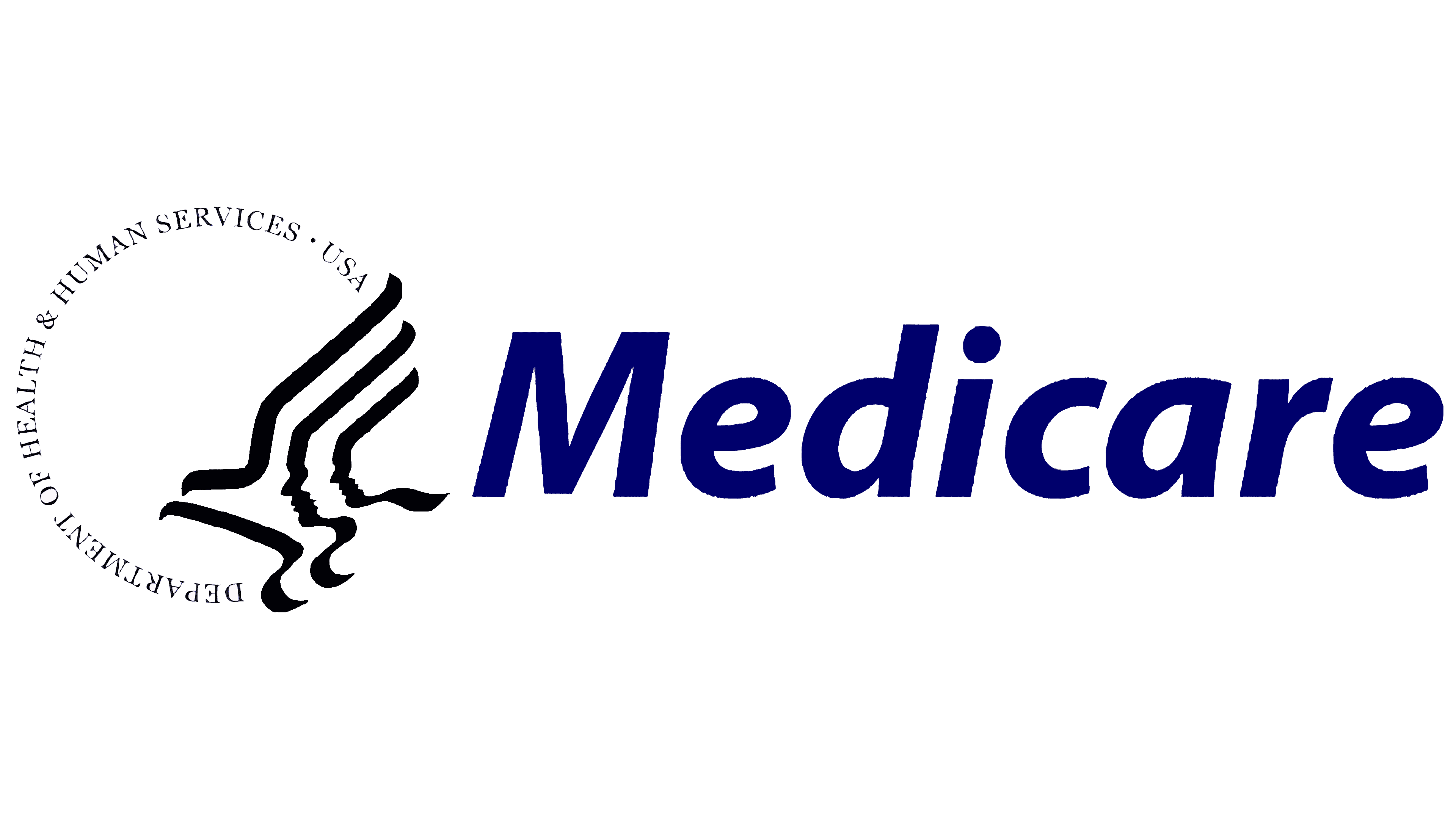Apr 27
2023
What Do Medicare Parts A, B, C, D Mean?

Medicare is a federal health insurance program in the United States that provides coverage to people 65 or older and some younger people with specific disabilities. The program is divided into several parts, covering different medical services and expenses. Medicare was first introduced in 1965 as Part of President Lyndon B. Johnson’s Great Society program and has since become an essential safety net for millions of Americans. However, navigating the different parts of Medicare and understanding its eligibility requirements and costs can be complex and daunting. This article will explore the meaning and coverage of Medicare Parts A, B, C, D, as well as eligibility, enrollment, and costs.
- Medicare Part A
Medicare Part A or hospital insurance, covers inpatient hospital care, skilled nursing facilities, hospice care, and some home health care services. It is typically accessible to those who have paid Medicare taxes for at least ten years while working. Part A covers hospital stays of up to 90 days, with additional coverage for up to 60 “lifetime reserve days” beyond that. It also covers skilled nursing facilities for up to 100 days after a qualifying hospital stay. Hospice care is covered for those with a life span of six months or less, and some home health care services are covered for those who are homebound and need skilled nursing or therapy services. There are deductibles and coinsurance costs associated with Part A, depending on the length of the hospital stay.
- Medicare Part B
Medicare Part B is also known as medical insurance, covers outpatient medical services, such as doctor visits, lab tests, medical equipment, and preventive care. It also covers outpatient mental health services, ambulance services, and durable medical equipment. Part B requires a monthly premium payment, which varies based on income level. There is also an annual deductible, and beneficiaries are responsible for paying a percentage of the cost of the service, known as coinsurance. Preventive services, such as screenings for cancer and diabetes, are covered at no expense to the beneficiary. Part B coverage is optional but is recommended for most beneficiaries to ensure comprehensive health coverage.
- Medicare Part C
Medicare Part C or Medicare Advantage is offered by private insurance companies. It includes all the benefits of Parts A and B and may also cover additional dental, vision, and hearing services. Medicare Advantage plans often covers lower out-of-pocket costs than Original Medicare plans but may have more limited provider networks. They also typically require beneficiaries to use in-network providers for most services. Part C plans may have additional costs, such as monthly premiums and deductibles, depending on the program and the insurer. Beneficiaries can choose to enroll in a Medicare Advantage plan instead of Parts A and B but must continue to pay their Part B premium.
- Medicare Part D
Medicare Part D is a prescription drug benefit offered by private insurance companies. It covers the cost of prescription drugs and may also cover some vaccines and medical supplies. Beneficiaries must enroll in a Part D plan separately from Parts A and B, and a monthly premium varies depending on the plan and the insurer. Part D plans also have deductibles and copayments. There may be a coverage gap known as the “donut hole,” where beneficiaries pay a larger share of their drug costs until they reach a certain out-of-pocket threshold. Assistance programs are also available for those with limited incomes to help with the cost of prescription drugs.
- Eligibility
To be eligible for Medicare one must be a US citizen or permanent legal resident who is 65 or older or has specific disabilities, such as end-stage renal disease. Some younger people with disabilities or certain medical conditions may also be eligible. Additionally, a person must have paid Medicare taxes for at least ten years while working to qualify for premium-free Part A coverage. Those not automatically enrolled in Medicare can sign up during specific enrollment periods, which vary depending on the type of coverage.
- Enrollment
Most people automatically enroll in Medicare when they turn 65 if they already receive Social Security or Railroad Retirement benefits. Those not automatically enrolled can sign up during the Initial Enrollment Period (IEP), a seven-month period that includes the three months before and after their 65th birthday. Other enrollment periods, such as the Annual Enrollment Period (AEP) and Special Enrollment Periods (SEPs), allow beneficiaries to change their coverage. Enrollment can be done online, by phone, or in person at a Social Security office.
Medicare is a vital program that provides health insurance coverage to millions of Americans 65 or older or with specific disabilities. Understanding the different parts of Medicare, their scope, eligibility requirements, and enrollment periods is essential to ensuring comprehensive health coverage and avoiding penalties. Medicare Parts A and B are the vital components of Original Medicare, while Parts C and D offer a different range through private insurers. Beneficiaries should carefully review their coverage options during enrollment periods to select the plans that best meet their healthcare needs and budget. With proper knowledge and planning, Medicare can help individuals and families access quality healthcare and improve their overall well-being.